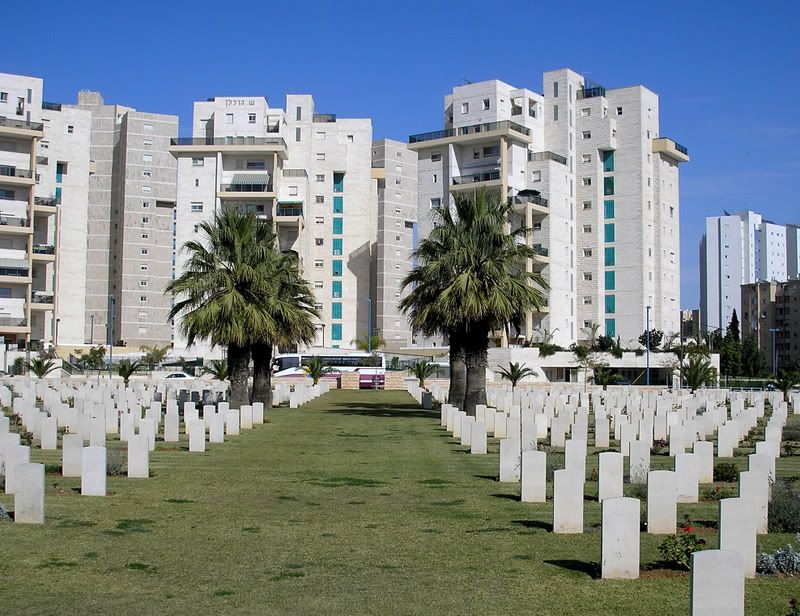senojekips
Active member
Today is the 90th anniversary of the capture of Beersheba by the Australian 4th and 15th Light Horse Regiments,
It is also famous as having been probably one of the longest charges, 4 miles, in full sight of the enemy, first coming under Artillery fire then Machine guns then rifle fire.From Digger History:
Beersheba is often called the Last Great Cavalry Charge. That is incorrect in 2 ways. The Germans and the Cossacks both had cavalry charges in WW2. But more importantly, the Light Horse were Mounted Infantry, not Cavalry. They did not have sabres or lances only 18 inch long bayonets and their rifles slung over their backs. Far from being the Last Great cavalry Charge in history it is (probably) the ONLY Great Mounted Infantry charge in history.
When the trenches before Beersheba were reached, the Brigade mostly bypassed the first and main trenches, but casualties occurred. Some Light Horsemen raced through to the town to capture objectives. Others dismounted at various trenches or had their horses shot from under them and dazed or not 'got to work with the bayonet'. A terrible disorder soon reigned with some Light Horsemen reduced to using their rifles as clubs. Mostly the Turks seemed anxious to surrender, but scattered units exchanged fire with the Light Horsemen, some bitterly refusing to give up until large numbers had been shot or bayoneted.



